
On October 8, 2024, the Royal Swedish Academy of Sciences announced that John Hopfield, alongside Geoffrey Hinton, has been awarded the prestigious Nobel Prize in Physics. This award recognizes their groundbreaking contributions to the field of artificial intelligence (AI), particularly through the development of artificial neural networks. The significance of their work cannot be overstated, as it serves as the foundation for many of today’s most advanced machine learning applications.
H2: The Significance of the Nobel Prize in Physics
The Nobel Prize in Physics is awarded annually to individuals or groups who have made exceptional contributions to the field. Established by the will of Alfred Nobel, the award aims to honor those whose work has conferred the greatest benefit upon humanity. This year, the focus is particularly on AI, highlighting how physics can inform and propel advancements in technology and computational science(
H3: Who is John Hopfield?
John Hopfield is a renowned physicist currently serving as a professor at Princeton University. He is best known for developing the Hopfield Network, a form of associative memory that enables the storage and reconstruction of patterns in data, including images. This foundational work has significantly influenced the design and functionality of neural networks used in modern AI systems(
H3: Geoffrey Hinton: The ‘Godfather of AI’
Geoffrey Hinton, often referred to as the “Godfather of AI,” is a professor at the University of Toronto. His contributions have been instrumental in advancing machine learning techniques, particularly the development of Boltzmann Machines, which allow computers to autonomously identify and learn from data patterns. Hinton’s innovative approaches have paved the way for AI systems that can recognize specific features in data, enhancing the ability of machines to learn and adapt(
H2: Breakthroughs in Machine Learning
The Royal Swedish Academy highlighted that both laureates used tools from physics to construct methods foundational to today’s powerful machine learning. Their work has revolutionized fields such as data analysis, image recognition, and natural language processing. For instance, Hopfield’s network has been critical in enabling AI systems to process and retrieve information efficiently, making it invaluable for various applications ranging from image processing to predictive modeling(
H3: The Hopfield Network Explained
The Hopfield Network is a form of recurrent neural network that serves as an associative memory. It works by storing patterns in a high-dimensional space and retrieving them based on partial input. This mechanism mimics how human memory functions, where recalling a part of a memory can trigger the full memory. Such networks have been widely applied in fields requiring pattern recognition, such as computer vision and speech recognition(
H3: Implications of Hinton’s Work
Hinton’s contributions extend beyond theoretical frameworks; they have practical implications in deep learning. The Boltzmann Machine, developed by Hinton, is crucial for training neural networks. It allows for the optimization of algorithms that can classify and predict outcomes based on large datasets. This has implications across various industries, including healthcare, finance, and autonomous driving(
H2: The Future of AI and Machine Learning
The recognition of Hopfield and Hinton’s work through the Nobel Prize underscores the importance of AI in contemporary research and development. As machine learning continues to evolve, it is expected to influence numerous sectors, driving innovations in technology, healthcare, and scientific research. The methodologies pioneered by these two scientists will likely continue to be integral in developing new AI systems that are more efficient and capable(
H3: Preparing for the Future
In the wake of this monumental achievement, it is crucial for both academia and industry to foster environments that promote continued innovation in AI and machine learning. Investments in research and education, combined with interdisciplinary collaborations, will be vital to harnessing the potential of these technologies for societal benefit(
H2: Conclusion
The Nobel Prize awarded to John Hopfield and Geoffrey Hinton marks a significant milestone in the intersection of physics and artificial intelligence. Their pioneering work not only advances the field of machine learning but also highlights the transformative potential of AI in various domains. As we look to the future, the principles and innovations derived from their research will continue to shape the landscape of technology and society.
For more updates on important news in technology and science, visit Newsify.




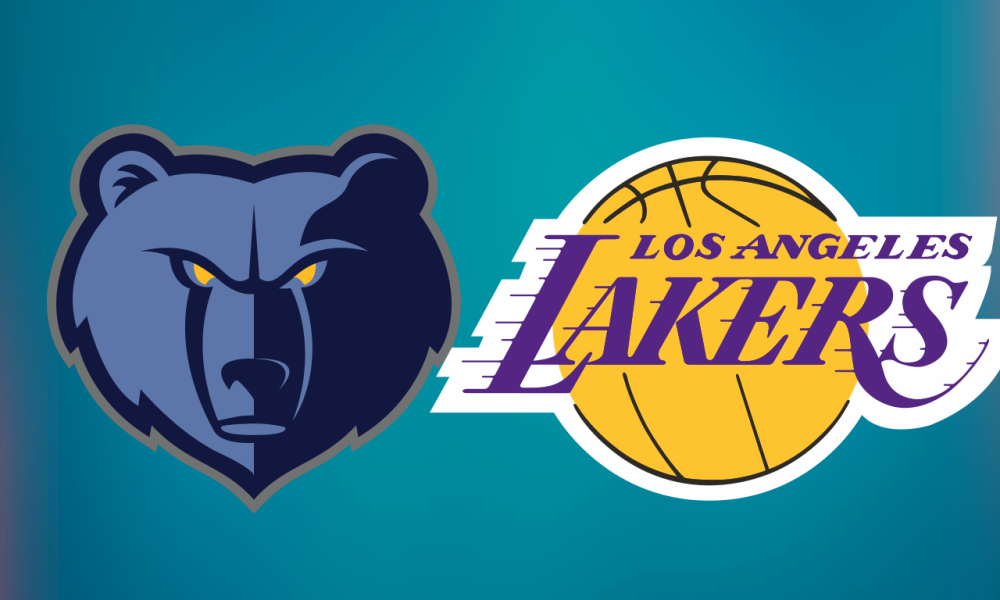
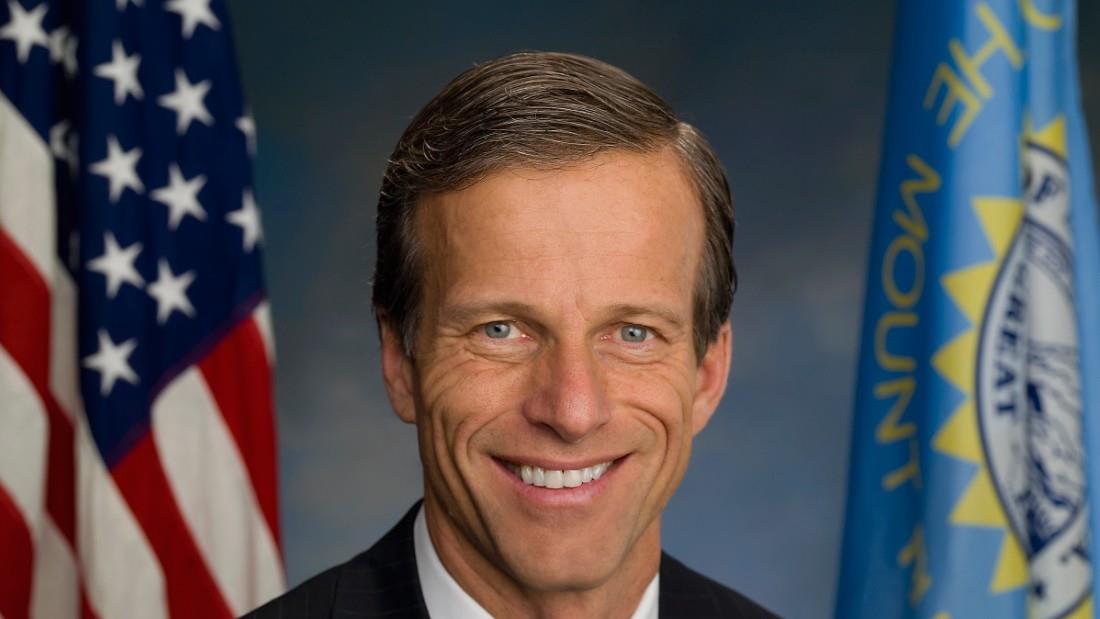
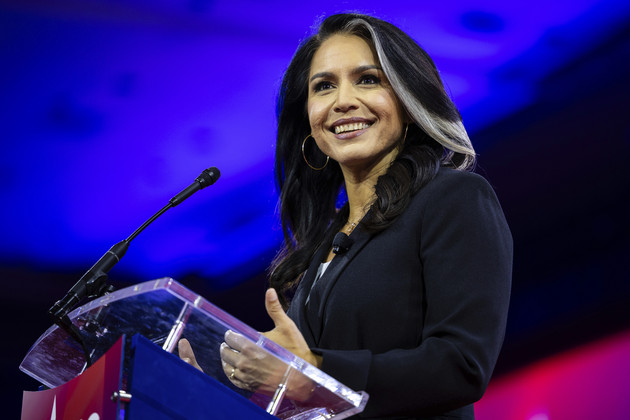
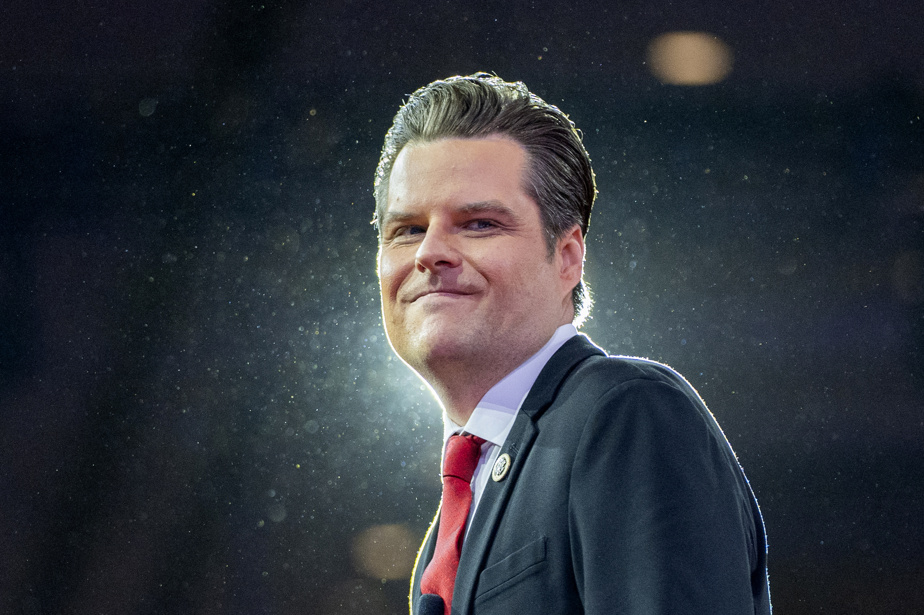
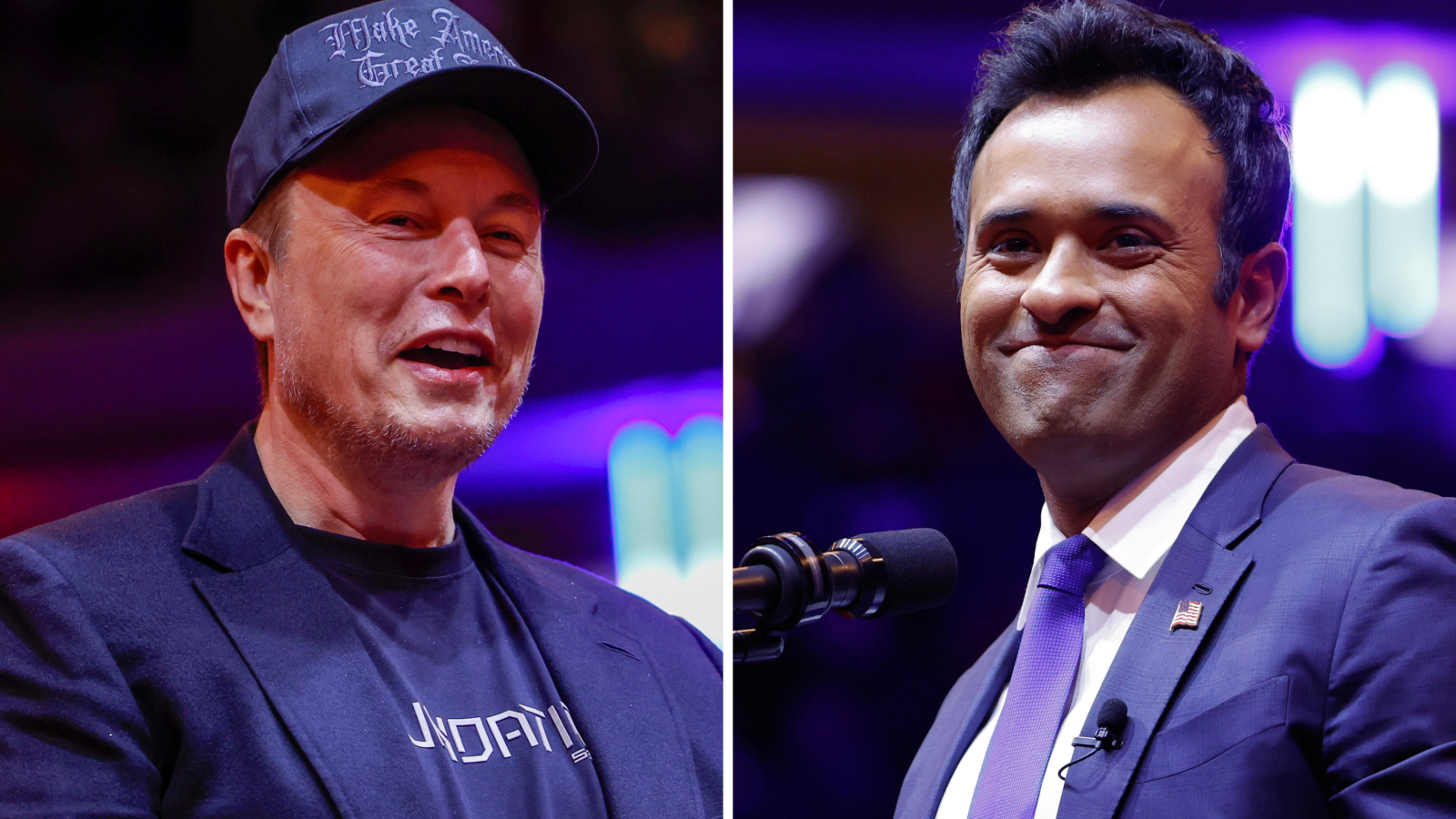
Leave a Reply